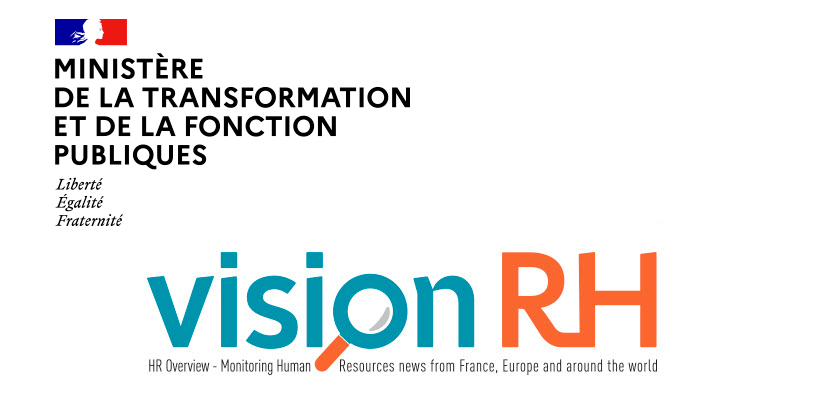Competency management fostering civil servants’ mobility
Against the backdrop of the recasting of government departments, competency management is central to the upgrading of employment in the civil service. Increased familiarity with staff’s profiles provides the ability to support them throughout their careers and to better foresee changes to organisational structures.
Like France since 2011, almost all OECD member countries have, to date, drawn up a benchmark document (general framework, dictionary, directory) setting out the skills required for public sector jobs. In a number of countries (Austria, Denmark and the Netherlands), only chief executives are concerned. In Switzerland, the document drives a staff development programme.
Although, in most cases, these documents were drafted in-house by groups of experts, three countries (Belgium, Canada and South Korea) designed them using a collaborative approach involving HR departments, professional bodies and qualified persons from academia for instance.
Having competency guidelines makes it easier to describe and classify positions. By using a structure based on the level and detail of skills that can be leveraged by the validation of professional experience, standard career paths can be modelled to fit in with strategies which may vary considerably. This has happened recently in the Netherlands and the United Kingdom. As part of the overhaul of its HRM system, the Dutch civil service is providing staff with an app which, using algorithms, allows for career development simulations that are highly flexible in terms of mobility. For its part, the British civil service, drawing on its updated Civil Service competency framework, has elected to define professional sectors (digital technologies, information and communication systems, HR, fiscal) and is looking to retain staff by recognising their qualifications through certification.
Besides mobility requests at the initiative of civil servants, competency management needs to become proactive in order to successfully match staff with jobs. This fresh step will require HR departments to use information in officials’ profiles to offer them appropriate positions.
In Germany, staff are strongly advised to update their skills in order to comply with the mobility requirement (every five years), which was implemented pursuant to the Federal Government Directive concerning the Prevention of Corruption.
Several countries already make enhanced use of data and carry out data linkage to identify high-potential candidates and to place them in pools. This method may offer a potential solution to fill positions for which it is difficult to recruit: the Canadian Federal Government’s new “Talent Cloud” staffing platform is pursuing this very goal.
Estonia, which is always at the cutting-edge of new technology use, has announced that it is analysing the opportunities afforded by artificial intelligence to streamline a number of internal administrative processes, including staff recruitment. The country’s Civil Service Act contains a provision which authorises any official, twice during his/her career, to transfer to another authority for the purpose, inter alia, of increasing his/her skills.
 |
For more information: eupan.eu |





